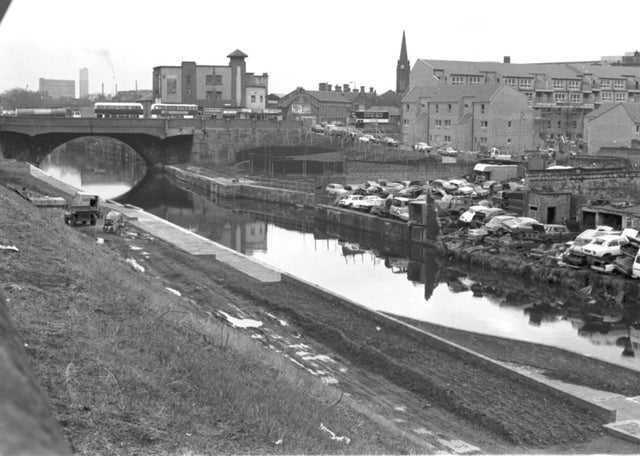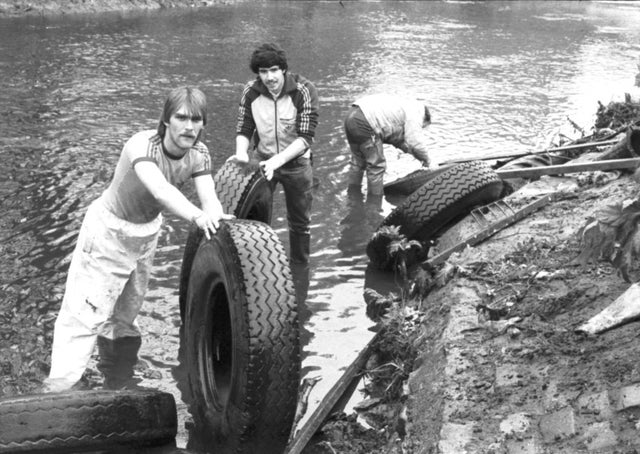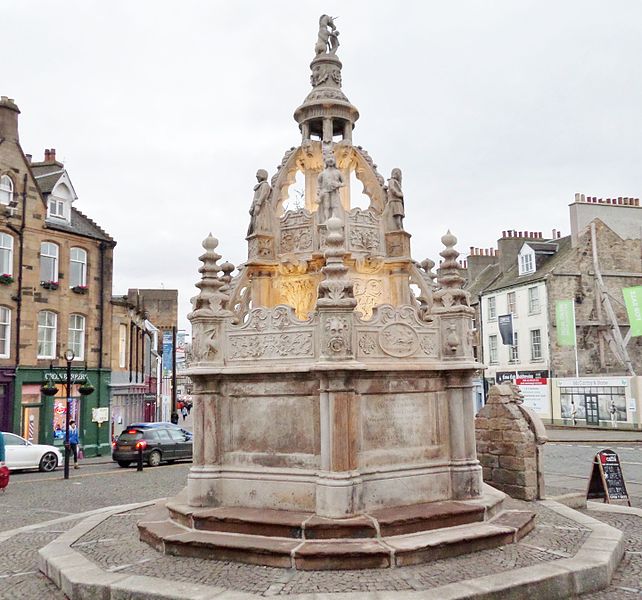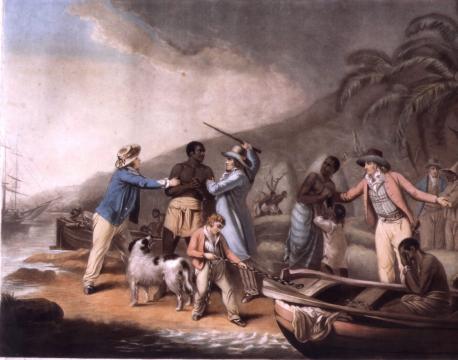A thread on one of Scotland's unsung #WomenInSTEM
#OldWeirdScotland
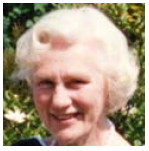
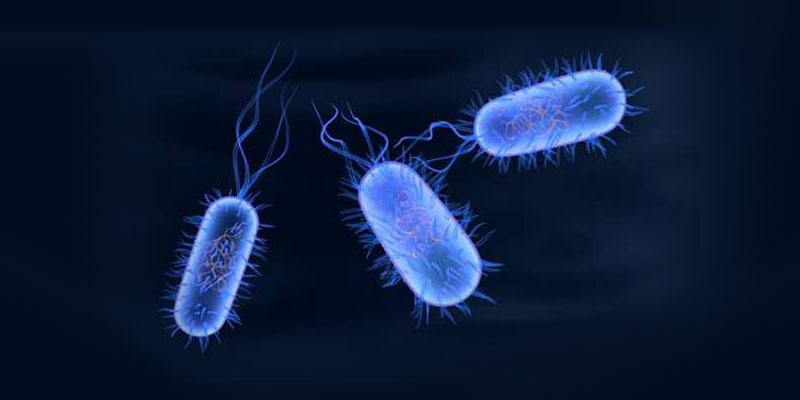
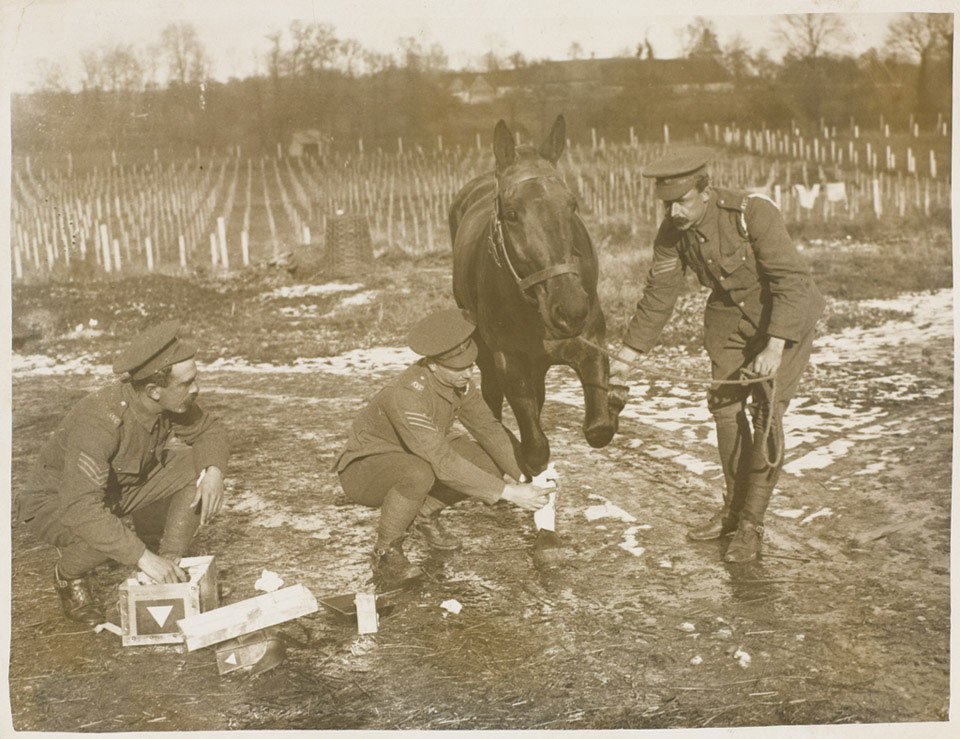
#WomenInSTEM
#OldWeirdScotland

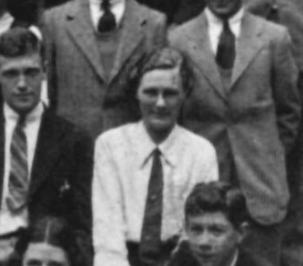
So I said Dr Conn is an unsung hero, but she does appear in @sarasheridan's "Where are the Women?". There is an imagined exhibit at the Glasgow Science detailing her work. Unfortunately, this fictitious installation is the only thing I could find for her.
Her obituary (and picture) in the British Medical Journal: doi.org/10.1136/bmj.f7…
and here legacy.com/obituaries/edi…
@cocteautriplets IDed the unlabeled map as Colinton for me.
1980s Leith: edinburghnews.scotsman.com/heritage-and-r…
The photos of her as a teenager in the 1930s came from the archives of @HSofDundee. archive.highschoolofdundee.org.uk/default.aspx

